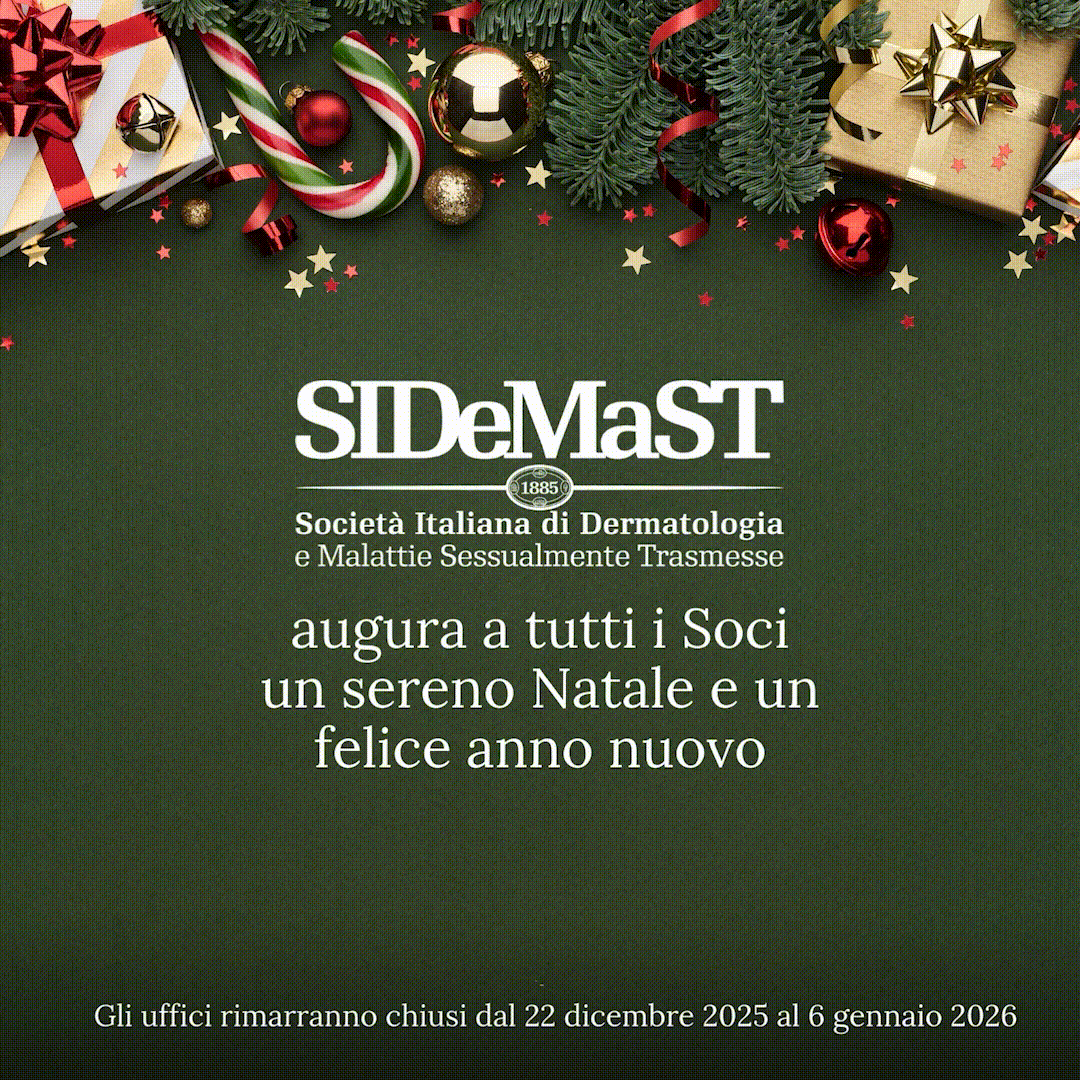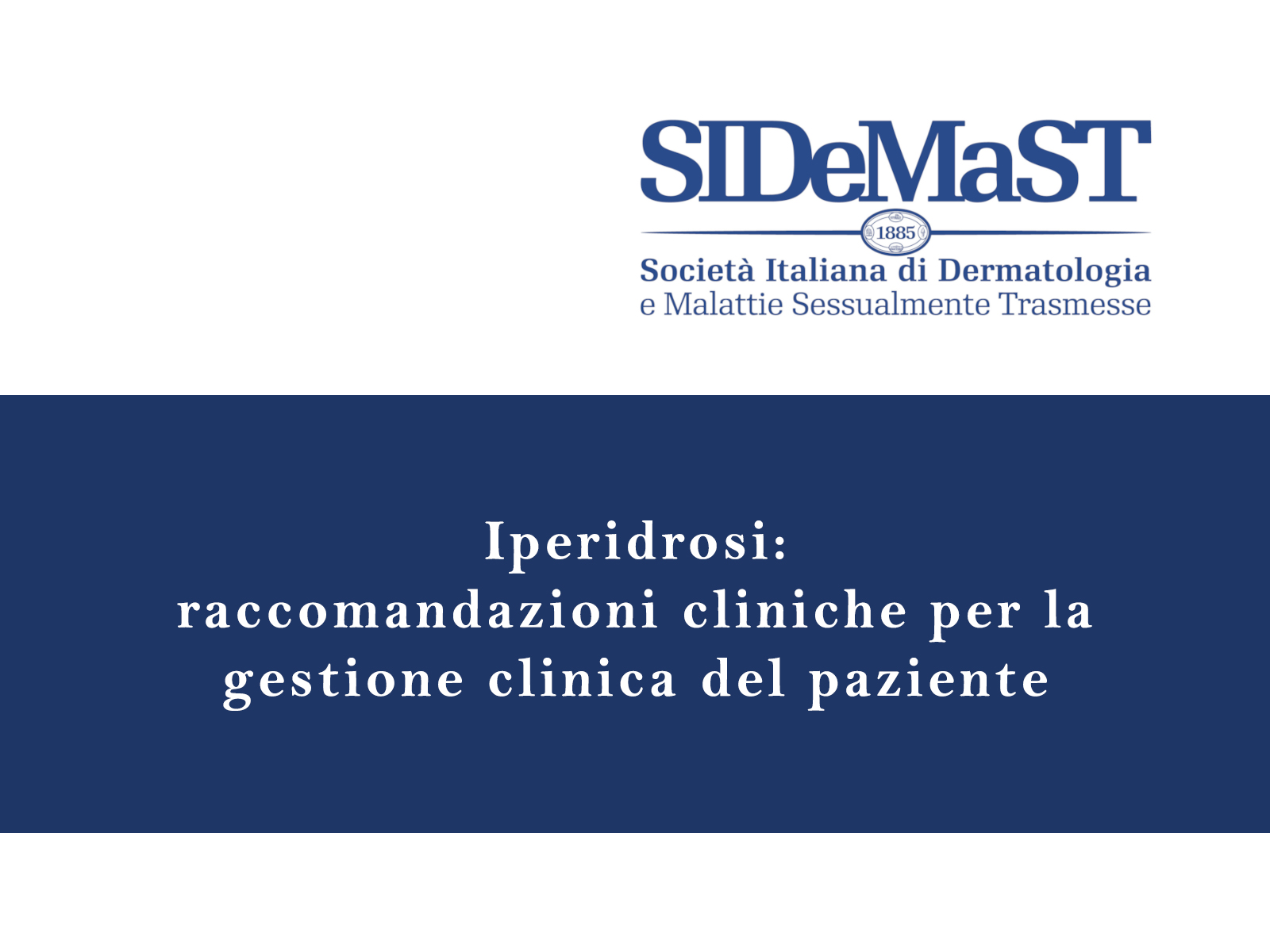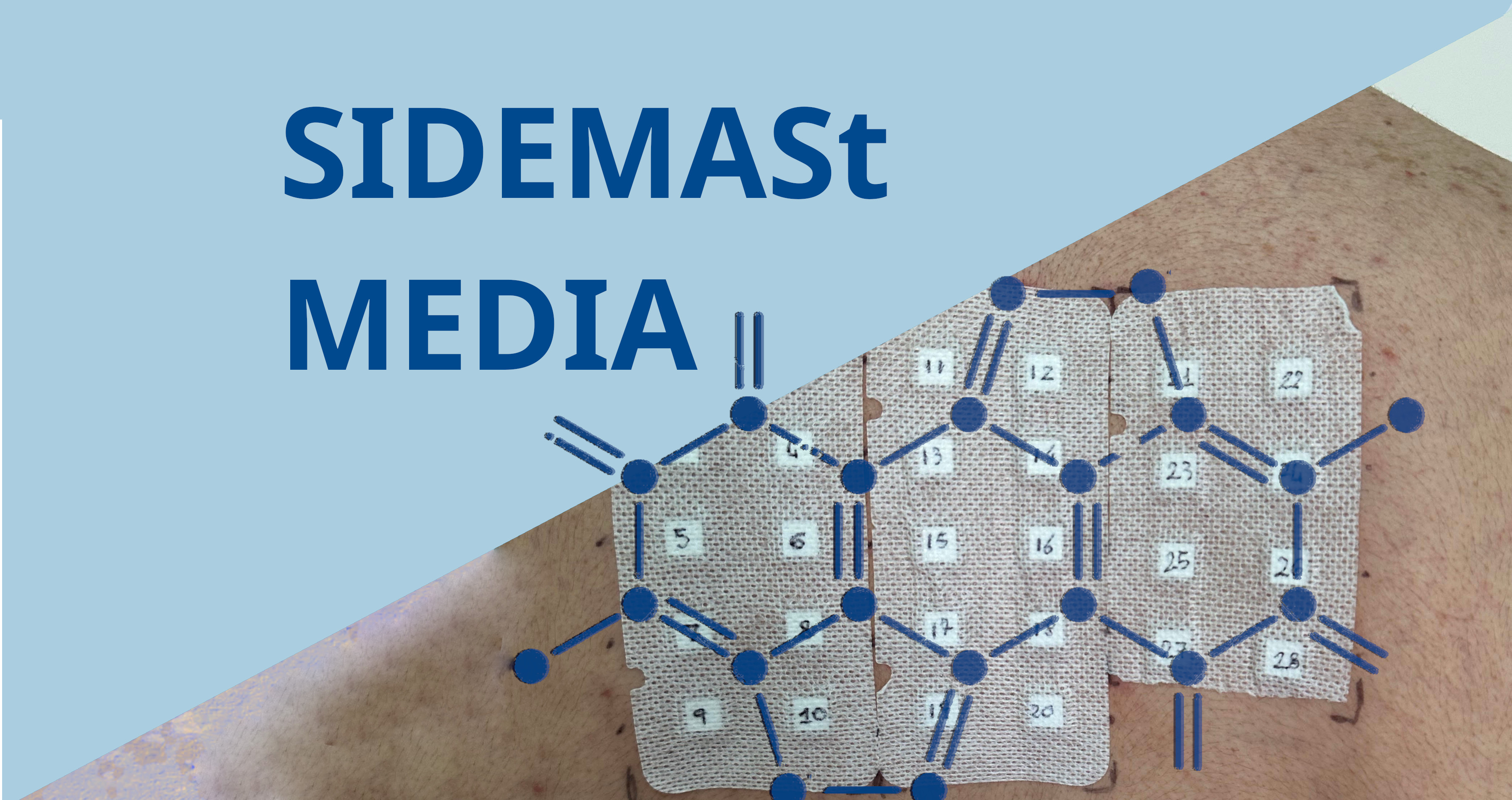BACKGROUND
Knowledge regarding the morphologic spectrum of pediatric melanoma (PM) is sparse and this may in part contribute to delay in detection and thicker tumors.
OBJECTIVE
Analyze the clinical-dermoscopic characteristics of PM.
METHODS
Retrospective study of 52 melanomas diagnosed before age of 20.
RESULTS
Based on clinical, dermoscopic and histopathological characteristics, PM can be classified as Spitzoid and Non-Spitzoid Non-Spitzoid (37, 72.3%) melanomas presented at a mean age of 16.3 (8-20) and were associated with a high-risk phenotype and a preexisting nevus (62.2%). Spitzoid melanomas (15, 27.7%) were diagnosed at a mean age of 12.5 (2-19) and were mostly de novo lesions (73.3%) located on the limbs (73.3%). While less than 25% of PM fulfilled the modified clinical ABCD criteria, 40% of spitzoid melanomas did. Non-Spitzoid tended to be multicomponent (58.3%) or nevus-like patterns (25%). Dermoscopic melanoma criteria were found in all cases. Spitzoid melanomas revealed atypical vascular patterns with shiny-white lines (46.2%) or atypical pigmented spitzoid pattern (30.8%). There was good correlation between Spitzoid subtype histopathologically and dermoscopically (kappa 0.66).
LIMITATIONS
Retrospective study without re-review of pathology.
CONCLUSION
Dermoscopy in addition to conventional and modified clinical ABCD criteria helps in detecting PM. Dermoscopy assists in differentiating Spitzoid from non-Spitzoid melanomas.









